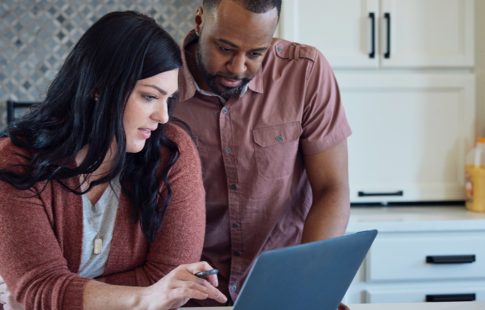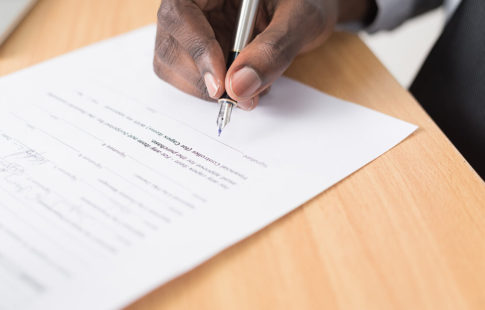Have you ever wondered where all your money goes? You’re likely not alone. Statistics have long shown that Americans of all income levels struggle to put money away for a rainy day. According to a 2016 poll conducted by The Associated Press-NORC Center for Public Affairs Research, two-thirds of Americans would find it hard to cover a $1,000 emergency or unexpected bill. The Associated Press, examining the survey’s findings, pointed out that “three CBS News and The New York Times polls going back more than 20 years show a majority of Americans would have difficulty covering a $1,000 emergency.” Meanwhile, the Federal Reserve Bank’s latest survey on economic wellbeing (released in May 2018) revealed that “four in 10 adults, if faced with an unexpected expense of $400, would either not be able to cover it or would cover it by selling something or borrowing money.”
Personal finance experts agree: Creating a monthly budget that helps you track your spending and find ways to put money aside is one of the best first steps toward optimizing your finances and achieving your goals. But where should you even start? Here’s how to make a budget that works for your unique situation — and takes into account the way you spend and save.
How To Make A Budget
A certified financial planner tells Business Insider that one of the easiest ways to start budgeting is to simply start keeping track of how you spend — because you’ll be more likely to pull back when you’re conscious of every single penny that goes out. Pick a method that works best for you: pen and paper, a spreadsheet program on the computer, or a smartphone app.
Consumer finance experts say that being honest with yourself about your spending is all part of creating a healthy relationship with money, and is an important step toward reducing finances-induced stress and achieving the lifestyle you want.
How To Budget: It’s Okay To Start Small
Another personal finance expert speaking to CNBC recommends recording your purchases for at least a few months while starting an emergency fund with the goal of at least $1,000 — even if you have debt that needs paying down. This way, CNBC notes, you can more likely handle a financial emergency without accruing even more debt.
If the idea of budgeting sounds like a daunting prospect, don’t fret. Experts say there’s reason to give it a try, no matter your situation. A key finding from a 2016 Urban Institute analysis shows that “families with even a small amount of nonretirement savings are less likely to be evicted, miss a housing or utility payment, or receive public benefits when income disruptions occur.” The savings cushion kicks in with very low savings levels ($250–$749), the survey notes.
At the end of the day, every person, household, and potential homebuyer is different. Make sure to talk with your financial planner about your unique financial situation. If you’re ready to begin the journey toward homeownership or refinance your existing mortgage, get in touch with one of our Mr. Cooper team members today.







